N-Boc-4-oxo-L-proline
Synonym(s):(S)-N-Boc-4-oxopyrrolidine-2-carboxylic acid;Boc-L -Pro(4-oxo)
- CAS NO.:84348-37-8
- Empirical Formula: C10H15NO5
- Molecular Weight: 229.23
- MDL number: MFCD01860669
- EINECS: 617-556-0
- SAFETY DATA SHEET (SDS)
- Update Date: 2025-07-24 18:13:54

What is N-Boc-4-oxo-L-proline?
Chemical properties
white to off-white solid
The Uses of N-Boc-4-oxo-L-proline
N-Boc-4-oxo-L-proline is used in practical Synthesis of Boc-Protected cis-4-Trifluoromethyl and cis-4-Difluoromethyl-l- prolines.
Definition
ChEBI: Boc-L-Pro(4-oxo) is a proline derivative.
Properties of N-Boc-4-oxo-L-proline
| Melting point: | 160 °C (dec.) |
| alpha | 1 º (c=1 in chloroform) |
| Boiling point: | 390.8±42.0 °C(Predicted) |
| Density | 1.304±0.06 g/cm3(Predicted) |
| vapor pressure | 0.001Pa at 25℃ |
| storage temp. | Inert atmosphere,2-8°C |
| pka | 3.85±0.20(Predicted) |
| form | Solid:crystalline |
| color | White to Almost white |
| optical activity | [α]22/D +19.0 to +23.0°, c = 0.5 in acetone |
| Water Solubility | Insoluble in water. |
| CAS DataBase Reference | 84348-37-8(CAS DataBase Reference) |
Safety information for N-Boc-4-oxo-L-proline
| Signal word | Warning |
| Pictogram(s) |
 Skull and Crossbones Acute Toxicity GHS06  Exclamation Mark Irritant GHS07 |
| GHS Hazard Statements |
H301:Acute toxicity,oral H302:Acute toxicity,oral H319:Serious eye damage/eye irritation |
| Precautionary Statement Codes |
P321:Specific treatment (see … on this label). P305+P351+P338:IF IN EYES: Rinse cautiously with water for several minutes. Remove contact lenses, if present and easy to do. Continuerinsing. P405:Store locked up. |
Computed Descriptors for N-Boc-4-oxo-L-proline
N-Boc-4-oxo-L-proline manufacturer
SRINI PHARMACEUTICALS PVT LTD
1Y
Phone:+91-7093200121
Whatsapp: +91-7093200121
product: 84348-37-8 98%
New Products
4,4-Difluoropiperidine hydrochloride tert-butyl 9-methoxy-3-azaspiro[5.5]undecane-3-carboxylate Indole Methyl Resin N-Isopropylurea N,N-Dicyclohexylcarbodiimide(DCC) MELDRUMS ACID 5-METHYLISOXAZOLE-4-CARBOXYLIC ACID Magnessium Bis glycinate Zinc ascorbate 1-bromo-2-butyne 2-acetamidophenol 9(10H)-anthracenone Erythrosin B, 4-Piperidinopiperidine 2-((4-morpholinophenylamino) (methylthio) methylene) malononitrile 2,4-dihydroxybenzaldehyde 3-(4-morpholinophenylamino)-5-amino-1H-pyrazole-4-carbonitrile Methyl 2-methylquinoline-6-carboxylate 2,6-dichloro-4-nitropyridine 4-Bromo-2-chlorobenzonitrile 2-(benzylamino)acetic acid hydrochloride 4-(tert-Butoxycarbonylamino)but- 2-ynoic acid 3,4-dihydro-2H-benzo[b][1,4]dioxepine 1-Phenyl-1-cycloprppanecarboxylicacidRelated products of tetrahydrofuran
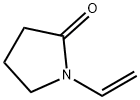
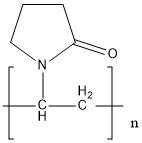
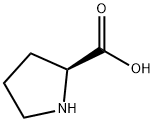

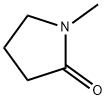
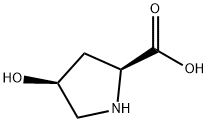
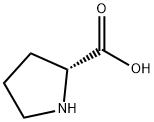

You may like
-
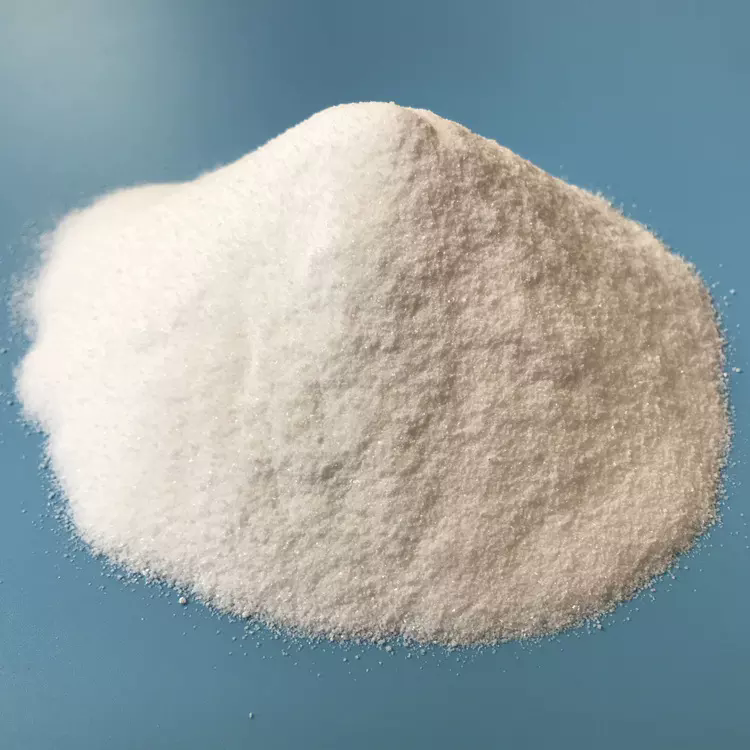 84348-37-8 N-Boc-4-oxo-L-proline 99%View Details
84348-37-8 N-Boc-4-oxo-L-proline 99%View Details
84348-37-8 -
 N-Boc-4-oxo-proline >98%View Details
N-Boc-4-oxo-proline >98%View Details
84348-37-8 -
 84348-37-8 >98%View Details
84348-37-8 >98%View Details
84348-37-8 -
 84348-37-8 98%View Details
84348-37-8 98%View Details
84348-37-8 -
 N-Boc-4-oxo-L-proline 98% (HPLC) CAS 84348-37-8View Details
N-Boc-4-oxo-L-proline 98% (HPLC) CAS 84348-37-8View Details
84348-37-8 -
 N-(tert-Butoxycarbonyl)-4-oxo-L-proline CAS 84348-37-8View Details
N-(tert-Butoxycarbonyl)-4-oxo-L-proline CAS 84348-37-8View Details
84348-37-8 -
 N-Boc-4-oxo-L-ProlineView Details
N-Boc-4-oxo-L-ProlineView Details
84348-37-8 -
 20677-73-0 (2,2-diethoxyethyl)methylamine 98%View Details
20677-73-0 (2,2-diethoxyethyl)methylamine 98%View Details
20677-73-0
Statement: All products displayed on this website are only used for non medical purposes such as industrial applications or scientific research, and cannot be used for clinical diagnosis or treatment of humans or animals. They are not medicinal or edible.
